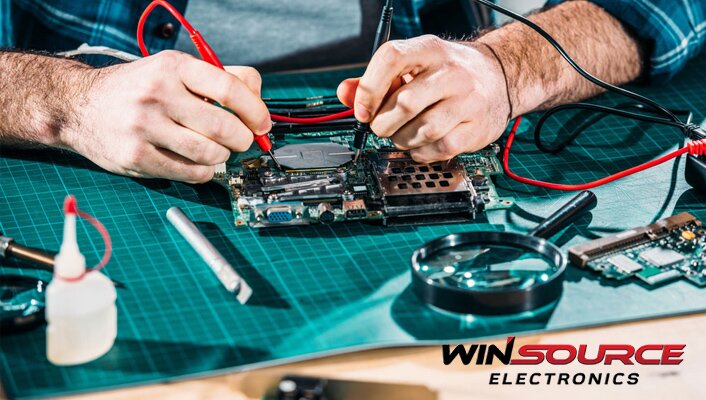
Table of Contents
ToggleIntroduce
Power transistors are indispensable components in electronic circuits and play an important role in power amplifiers and switching power supplies. Among the various types of power transistors available, NPN (Negative-Positive-Negative) and PNP (Positive-Negative-Positive) types are the basic building blocks. In this article we will take an in-depth look and compare the performance characteristics, advantages and disadvantages of these common power transistor models in power amplifier circuits and switching power supplies.
NPN and PNP Transistors: Overview
NPN transistor
l Structure: In an NPN transistor, most of the charge carriers are electrons. It consists of a layer of p-type material (positive charge carriers) sandwiched between two layers of n-type material (negative charge carriers).
l Symbol: The symbol for an NPN transistor consists of an arrow pointing outward from the base, indicating the direction of current flow.
PNP transistor
l Structure: The majority carriers of a PNP transistor are holes (positive carriers). They consist of a layer of n-type material sandwiched between two layers of p-type material.
l Symbol : The symbol for a PNP transistor has an arrow pointing inward toward the base, indicating the direction of current flow.
Power Amplifier Performance Characteristics
Gain and frequency response
l Generally, NPN transistors are favored for high-frequency applications due to their faster electron mobility, which can provide better performance in power amplifiers with wider bandwidth requirements.
l PNP transistors are commonly used in audio amplifiers to provide good low frequency response.
Linearity and distortion
l NPN transistors tend to exhibit better linearity and lower distortion in high-frequency power amplifier circuits.
l PNP transistors are often the first choice for low-frequency audio amplifiers, where linearity is critical for accurate signal reproduction.
Performance characteristics of switching power supply
Switching speed
l NPN transistors generally have fast switching speeds and are suitable for high-frequency switching power supplies.
l PNP transistors are commonly used in low frequency and audio applications where fast switching is not as important.
Efficiency and power consumption
l NPN transistors can provide higher efficiency in some high-frequency switching power supply designs.
l PNP transistors are effective in applications with lower power consumption requirements, helping to improve energy efficiency in specific scenarios.
Advantages and disadvantages of NPN and PNP transistors
Advantages of NPN transistors
l Better performance in high frequency applications.
l Faster switching speed.
Disadvantages of NPN transistors
l Limited suitability for low frequency applications.
l More sensitive to temperature changes.
Advantages of PNP transistors
l Good low frequency response.
l Effective in audio applications with slower switching speeds.
Disadvantages of PNP transistors
l Usually the switching speed is slower.
l Higher distortion may be exhibited in high frequency applications.
In conclusion
In the dynamic world of electronics, choosing the right power transistor is critical to achieving optimal performance from power amplifiers and switching power supplies. The choice between NPN and PNP transistors depends on the specific requirements of the application, and each type has unique advantages and disadvantages. Understanding the complexity of these power transistors is critical for engineers and designers striving to create efficient, high-performance electronic circuits. Looking for transistors? Click here WIN SOURCE

COMMENTS